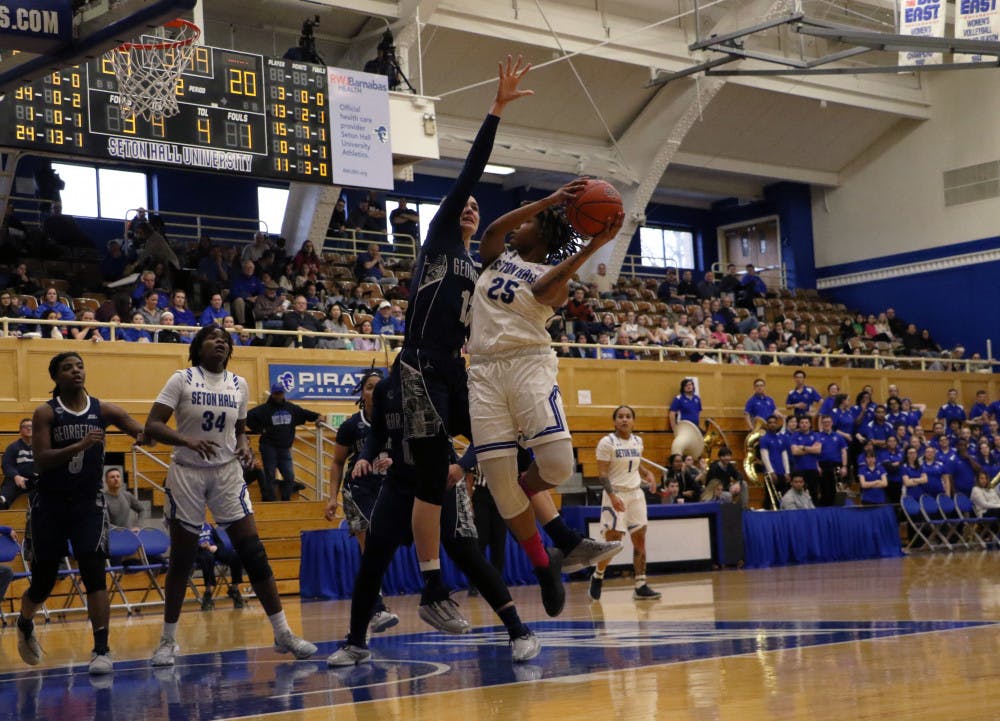On Tuesday evening, The Biggest Loser finale aired. What was supposed to be a celebration quickly stirred into a controversy.
The contestant's transformations are typically highlighted and a winner is crowned. However, focus was quickly shifted to Rachel Frederickson's startling weight loss. The 5-foot-4-inch 24-year-old contestant began her journey on the ranch at 260 pounds only to reveal this week that she weighed just 105. Her BMI is only 18, considerably in the underweight range. As Frederickson emerged, clapping shifted to shock as former contestants and trainers showed concern, even seeming appalled. One finalist from season 13 spoke out that she lost sleep over Frederickson's appearance.
This season begs two questions: one, how realistic are the expectations placed on contestants, and two, how long was it going to take before a winner lost too much weight? Frederickson is the biggest loser in the franchise's history, but this accomplishment is far from healthy and far from being a good example.
With Seton Hall University's version of the Biggest Loser underway, a 10-week competition, the concern is clear. While weight loss goals can be accomplished in a healthy, positive manner and change someone's life for the better, there are still plenty of dangers associated with a large amount of weight loss in a short time. The television show sends contestants to "work" for eight hours per day, which consists of working out for that span of time. Any SHU students participating in this or any personal weight loss journey should be self-aware of their thoughts and actions. Healthiness is the goal. Do not let the numbers rule you, and if they start to, ask someone you trust for help. You are your own motivator, so be kind to your body.





